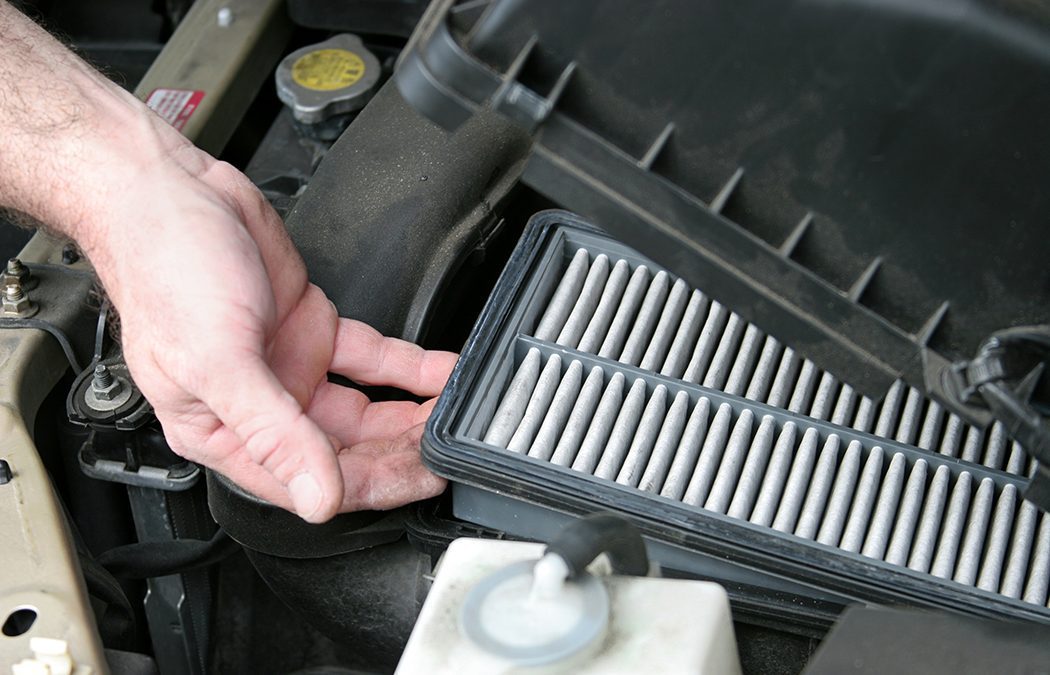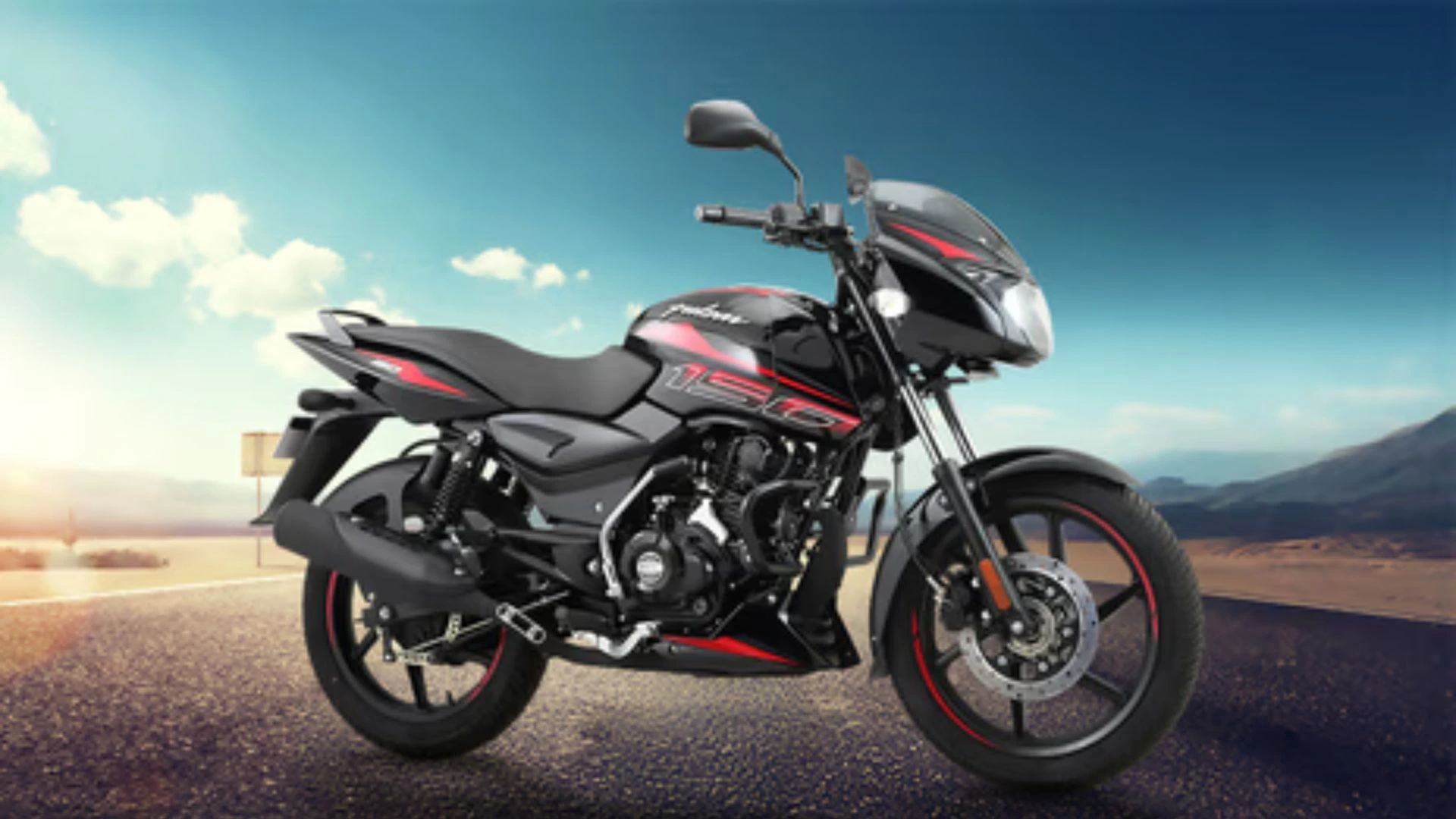Electric cars are a rare breed in the automotive world. Unlike "regular" cars, electric cars don't require regular oil changes, new spark plugs, or annual emissions checks. Heck, it's unusual to even change the brakes in an electric car thanks to the regenerative braking technology and the electric motor's ability to stop without any mechanical friction. It is truly a work of art that greatly reduces vehicle maintenance costs.
While electric cars are easier and less expensive to maintain than gas-powered cars, that doesn't mean electric car owners can forgo trips to their local auto service center. Electric cars have their own list of auto service requests, some of which are shared with conventional cars, and if those requests aren't met, you can assume that an expensive repair is pretty close. Here are 10 of the most important electric vehicle maintenance tasks you should never skip.

Battery maintenance checks
An electric car is only as good as its battery. Therefore, the most important electric vehicle maintenance task you can do is to check the battery regularly, especially if your electric vehicle runs on a lithium-ion package. Certified electric vehicle mechanics and technicians will be able to check battery fluid levels, fill slots, and connections, while also assessing the number of battery cycles.
Most electric vehicle batteries can exceed 100,000 miles with regular service. However, there are some situations that you should avoid to extend the life of a standard lithium-based car battery, such as:
- Charging the battery to 100% (80% charge is better for battery life cycle);
- Parking the electric vehicle for long periods of time
- Exposing the battery to extreme heat or cold;
- Braking too aggressively
- Driving on uneven terrain, which can generate vibrations that will disrupt the electrical system of the battery;
- Charge in direct sunlight and eventually defeat the battery management system;
- Battery power consumption with multiple devices in the car;
- Do not limit the charging time of the battery to avoid overcharging or undercharging
- Frequent use of “fast charging” stations, as this can reduce battery life.
Performing routine EV battery maintenance annually can save you thousands of dollars, as replacements for an entire battery system can cost anywhere from $3,000 to over $15,000, depending on the make and model of the vehicle. A well-maintained battery is designed to last the life of an electric vehicle.

Cooling system maintenance
Most electric vehicles have special thermal management or cooling systems to lower temperatures and help lighten the load on the battery. The Chevrolet Bolt, for example, uses a rechargeable energy storage cooling system, which is a series of cooling "plates" located under the electric car's battery pack. The system ensures that the electric vehicle battery operates at the optimum temperature, maximizing the battery's recharge capacity and overall life.
Regular maintenance for your electric vehicle should include checking the cooling system, as well as flushing out the coolant or antifreeze if necessary. As always, check your owner's manual for the cooling system maintenance schedule and what type of coolant to use for your electric vehicle.

Change brake fluid
There are two main fluids in your electric vehicle: coolant and brake fluid. While your electric car's brakes will last a long time, you'll still need to have your brake fluid checked regularly, especially if you see a flashing brake warning light on your driver dashboard. Add more brake fluid (check your manual for the suggested type) and watch for leaks. Filling brake fluid in electric vehicles can reduce the possibility of premature failure of the brake system, which would cost thousands of dollars to repair.
If adding brake fluid doesn't help, or you notice the problem rearing its ugly head soon after you "fix" the problem, your brake system should be checked immediately at an authorized EV service center. Otherwise, make an appointment to have your car's electric brakes and flush fluids checked every 3 to 5 years.

Tyre rotation
The saying goes that you should rotate your tyes with every oil change. But since electric cars do not require an oil change, it is necessary to keep up with the rotation of the tyres according to the recommendations of the owner's manual. The interval between tyre rotations is typically 5,000 to 10,000 miles.

Wheel alignment
If you notice your electric vehicle swerving to either side or jolting violently, especially when driving at higher speeds, it may be time to balance the wheels. Wheel alignment, or tire alignment, adjusts the angles of your wheels to match the vehicle's original specifications.
Proper wheel alignment service on an electric vehicle will improve mileage and reduce tire tread wear, ultimately increasing tire life by a year or more. This should be done at least once a year, or every 15,000 miles, which could save you from spending a few hundred dollars prematurely on new tyres.

Replace the air filter
Like conventional cars, many electric vehicles have air filters that reduce the entry of pollen, road dust, dirt and potentially harmful particles into the cabin. Like conventional cars, air filters for electric vehicles are cheap (you can usually buy one for less than $50) and must be replaced every 2-3 years, or the interval recommended in your manual. If you have a special air filter, such as a HEPA filter, it can take up to 5 years between replacements.

Air conditioning service
Electric vehicle air conditioning maintenance should also be done from time to time, as things like old coolant, dirty lubricants, and degraded heater pump elements can reduce the effectiveness and longevity of the air conditioner. Maintenance of the air conditioning system in an electric vehicle is a task that is left in the hands of a professional; Certain A/C coolant and compressor oil may be required, and there are also federal regulations that require you to properly recycle your automotive air conditioning coolant.

Windshield washer fluid
Electric cars are charming, but don't expect them to spill windshield washer fluid out of the hat. Your tank will need new windshield fluid added by hand every 5,000 to 10,000 miles, or when it dries up. I think 99.9% of electric vehicles can use standard windshield washer fluid, although you will (again) want to check your manual and add which fluid works best for your climate.

Underbody Wash
Car washing is fun for electric cars, too! They're also essential parts of an electric vehicle's maintenance routine, as salt, oil, and other chemicals can damage your vehicle's undercarriage. (We're talking about rust, people and rust on the car shouldn't be taken lightly.) A good wash under your car will prevent rust and rust from forming early, which would be disastrous if left untreated.
If you drive an electric car in Kansas City, be sure to increase your car wash game every winter. Consider getting a membership at a local car wash and bringing your car after every big snowstorm. A few hundred dollars each year is much better than buying a new electric car to replace the rust bucket.

Electric vehicle charging station maintenance
Besides servicing electric vehicles, you will also need to keep up with the maintenance of your home electric vehicle charging station. Fortunately, most home electric car chargers require little or no maintenance and can last more than 10 years under ideal conditions.
The three main types of electric vehicle chargers you'll find in the garage are the DC Fast Charge, Level 1 and Level 2 systems. Each requires their own maintenance.
- ESVE Level 1 units can be cleaned with a damp cloth and dish detergent. You may also need to replace the commercial outlet periodically; Certified electricians should be able to install new outlets for less than $200.
- ESVE Tier 2 systems are usually modular in design, allowing you to replace OEM components rather than buying and installing a brand new charging unit. The same cleaning technique can be applied to Level 2 units.
- DC fast chargers require more maintenance as they come with unique cooling systems and components not found in Tier 1 or Tier 2 units. However, most DCFC stations are for commercial use rather than residential.
Also Read: Mercedes-Benz GLB, EQB SUV India launch on December 2










_1766570474.webp)